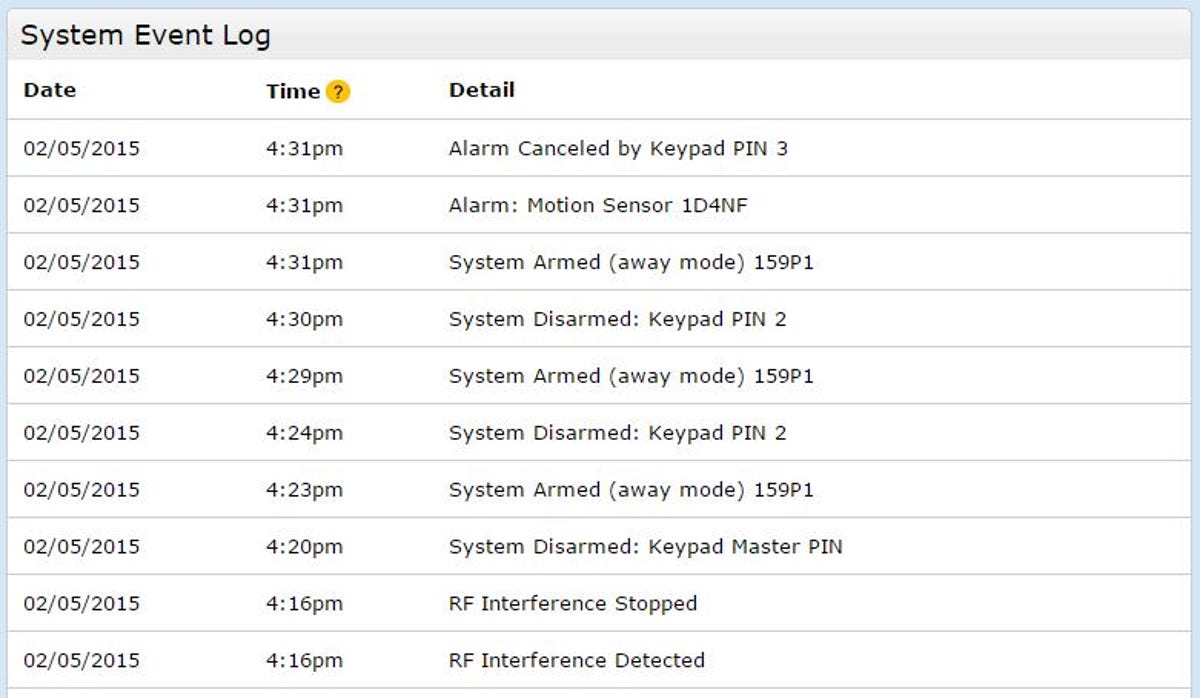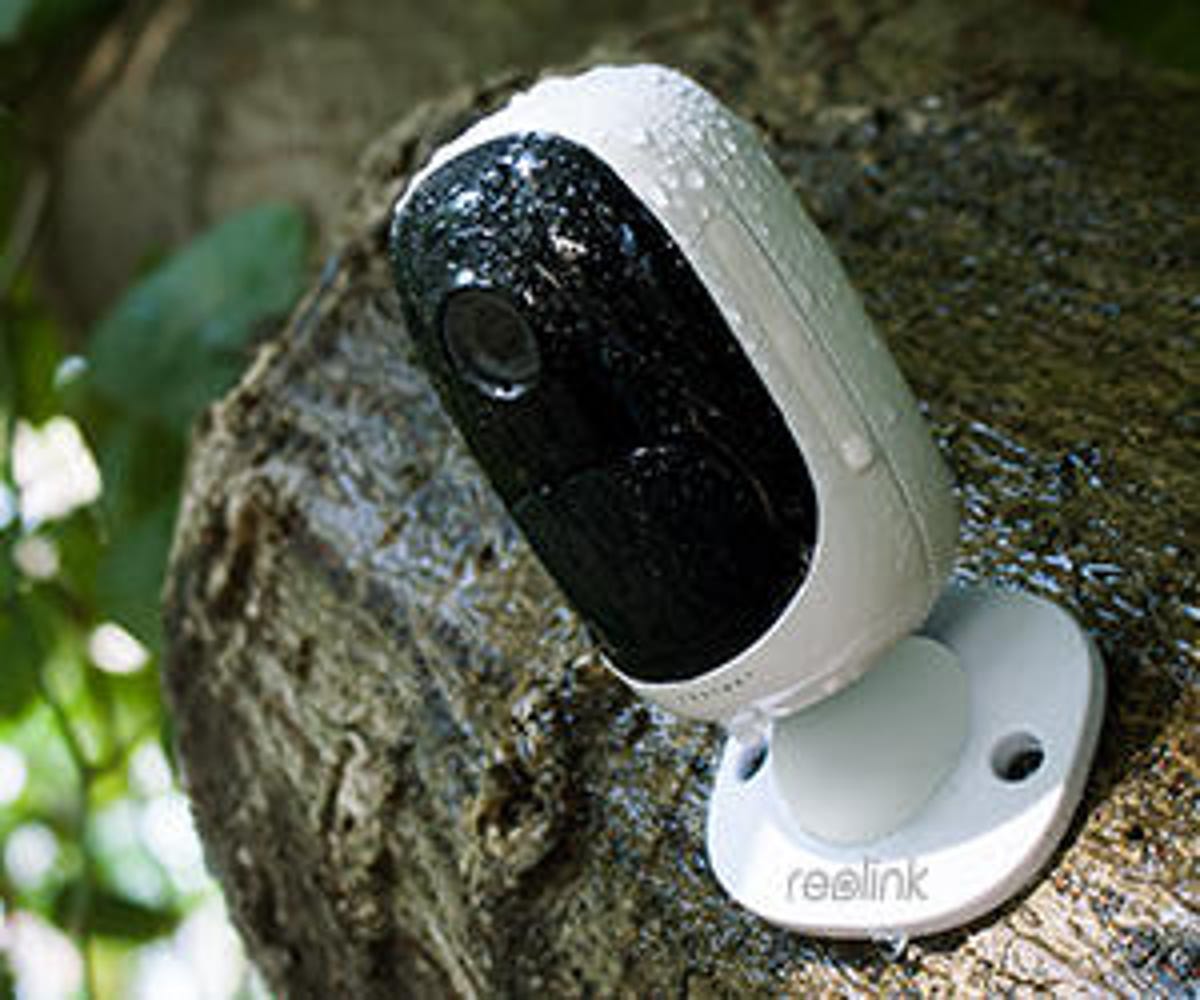From resisting home hacking to automatic locks and arming techniques, home security has never been better. But we keep an eye on how burglars adapt to smart homes and use new technology — and one of the most common concerns is about scary Wi-Fi jamming tools.
You can spot eye-catching headlines on how burglars robbed a home while security devices mysteriously failed, with claims about Wi-Fi jamming from Los Angeles and Glendale, California, to Minneapolis, Boston and Colorado.
Headlines aren’t the same things as facts, which is why CNET experts have tested home security systems, Wi-Fi signal blocking and how jammers work. Here’s why actual jamming devices are so unheard of in home burglaries, and what you can do if you’re still worried.
Don’t get too jammed up
Wi-Fi-jammers are out there, but they are unlikely to pose a threat to your home or any of your devices. Jamming signals need to be very close, have the model of your exact system system and don’t work on many home security devices. Important reasons to stay calm include:
- The above reports are general police messages for their communities, and scant evidence has been presented that Wi-Fi jammers were used, only that affluent neighborhoods were being robbed. In some cases, local reporting makes it clear police are only saying burglars “could be” using jammers or are suspected of having jammers, not that they’ve caught any in the act. Some burglar arrests like this Connecticut event in 2023 did show proof of jammer devices, but it’s one of the very few times it’s been confirmed. Sometimes there’s a professional security company ready to say that people can’t trust DIY devices, but they should never be counted as a unbiased source.
- Smart home encryption helps prevent this type of attack and can notify owners immediately about problems (more on this below). And you can’t “jam” things like video doorbells the way you can disarm a security system, especially since motion detection is faster and reaches farther than most jammers.
- As we’ve mentioned before in our guide on home hacking, burglars likely don’t have the time or resources to buy and learn new tech. They’re going to smash your windows or drill out your deadbolt — blocking Wi-Fi isn’t really in their plans. It’s more commonly seen in military operations, for example.
- It’s much more likely that suspicious smart home security failures are caused by dying batteries in wireless devices, or motion detection that didn’t go off due to problems with motion zones or detection sensitivity.
- According to a 2019 FBI report, burglaries account for only 16% of property crimes, with only around 60% involving residential burglary and only about half of burglaries involving any kind of forced entry. Also note that burglaries in general decreased by around 50% between 2010 and 2020.
However, Wi-Fi jamming technology does exist, and despite FCC laws banning their sale, burglars can still find and purchase jammers online. So let’s dive deeper into this jamming tech and what you can do if you feel the need to take more action.
We tested wireless jamming out for ourselves in this odd-looking setup designed to contain the RF interference.
Wireless Jamming 101
Jamming concerns are nothing new, and they’re not unique to security systems. Any device that’s built to receive a wireless signal at a specific frequency can be overwhelmed by a stronger signal coming in on the same frequency. For comparison, let’s say you wanted to “jam” a conversation between two people — all you’d need to do is yell in the listener’s ear.
Jamming a wireless radio requires knowledge of its broadcast frequency (315 MHz, 433 MHz, 900 MHz, etc.) as well as the right equipment to jam that frequency. It also requires criminal intent, because jamming is highly illegal. Buying or selling these devices without the right certifications is illegal, too.
That makes it impossible for a burglar to jam home security systems unless they buy black-market tech (that actually works) and study a house long enough to know what devices it uses, then learn how to research the signals produced and download the right firmware. People claim the latest jamming devices try to switching between a variety of signals to make jamming easier, but these core challenges still remain.
As you can imagine, complex jamming hardly ever happens. Police in the stories above assumed that Wi-Fi jammers were being used because the robberies were in very affluent neighborhoods and security cameras didn’t alert. Details are scarce and evidence of blocking gadgets appears thin. Even in the Connecticut case we referenced above, burglars only tried using jammers because they acquired detailed information about the home security system from a homeowner’s coworker — again, an unlikely series of events.

Some systems use software to detect intentional RF interference.
Counter-measures
Wireless security providers will often take steps to help combat the threat of jamming attacks. For instance, SimpliSafe, a two-time winner of our Editors’ Choice distinction, utilizes a proprietary algorithm that’s capable of separating incidental RF interference from targeted jamming attacks. When the system thinks it’s being jammed, it’ll notify you via push alert on your phone. From there, it’s up to you to sound the alarm manually.
We tested that jamming algorithm out back in 2015 after security researchers raised concerns that the system was susceptible to such attacks.
After taking appropriate measures to contain the RF interference to our test lab, we tested the attack out for ourselves, and were able to verify that it’s possible with the right equipment. However, we also verified that SimpliSafe’s anti-jamming algorithm works. It caught us in the act, sent an alert to a connected smartphone, and also listed our RF interference on the system’s event log.
Finally, smart home tech has greatly improved since our test. Encryption from major manufacturers has improved, new problems have been found and fixed and new protocols like Thread help keep individual devices safe.
Still worried? Avoid Wi-Fi altogether

Reolink offers a variety of PoE cams for those who don’t want to use Wi-Fi.
Our lengthy assurances above should satisfy you about the safety of wireless home security devices, but we know some home-havers may still harbor concerns. If you live in a particularly affluent neighborhood without a security patrol or with frequent break-in attempts (and constant monitoring), you may want to take an extra safety step. In that case, you have choices, including:
Choose PoE (Power over Ethernet) devices: PoE cameras use a cable connection for electrical power and Ethernet for Internet access. There’s no Wi-Fi involved and no worries about battery life. Some security-conscious homeowners look for battery backup models that work if their power is cut. Reolink is one of the best PoE camera brands available, but other companies also sell PoE equipment.
Use a ZigBee home security system: ZigBee is an alternative smart home protocol on a different frequency than Wi-Fi, so it’s much less likely to be the target of jamming efforts. The problem is that very few smart home systems use only ZigBee these days. One of the few remaining is the Sonoff home security product line.
The bottom line

Devices like Flipper Zeros claim they make hacking easy, but it still takes too much work and knowhow for home burglars.
The most likely burglary scenario by far is the unsophisticated crime of opportunity, usually involving a broken window or some other kind of brute-force entry. Even attacks from more casual devices like a Flipper Zero don’t have much effect against today’s regularly updated home security systems.
Home security systems help prevent common property crime scenarios and ward off intruders through a mix of visible cams, smart lighting, yard signs and, of course, the ability to turn on audio and yell, “Hey you!” They can also connect immediately to monitoring centers and professionals. These smart home upgrades are keeping homes safer than they’ve ever been before.
No tech system is impenetrable, but the risk of anti-security technology isn’t a concern for the average homeowner. That’s especially true for the best home security systems from brands that reliably update firmware, improve encryption and patch vulnerabilities in their systems.










